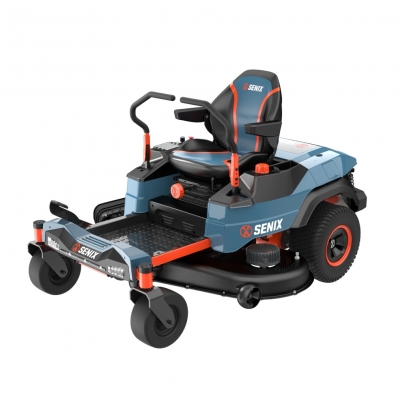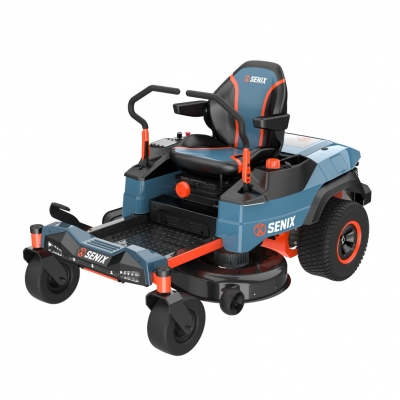Five Can't-Miss Landscape Equipment Trends for 2025
The garden power tool industry is evolving at an unprecedented pace. In 2025, top professionals and savvy DIYers alike will be watching emerging trends reshaping everything—from how tools are powered to battery life management. Here are five trends transforming the performance, sustainability, and convenience of outdoor power equipment, along with insights crucial for anyone making a long-term tool investment.
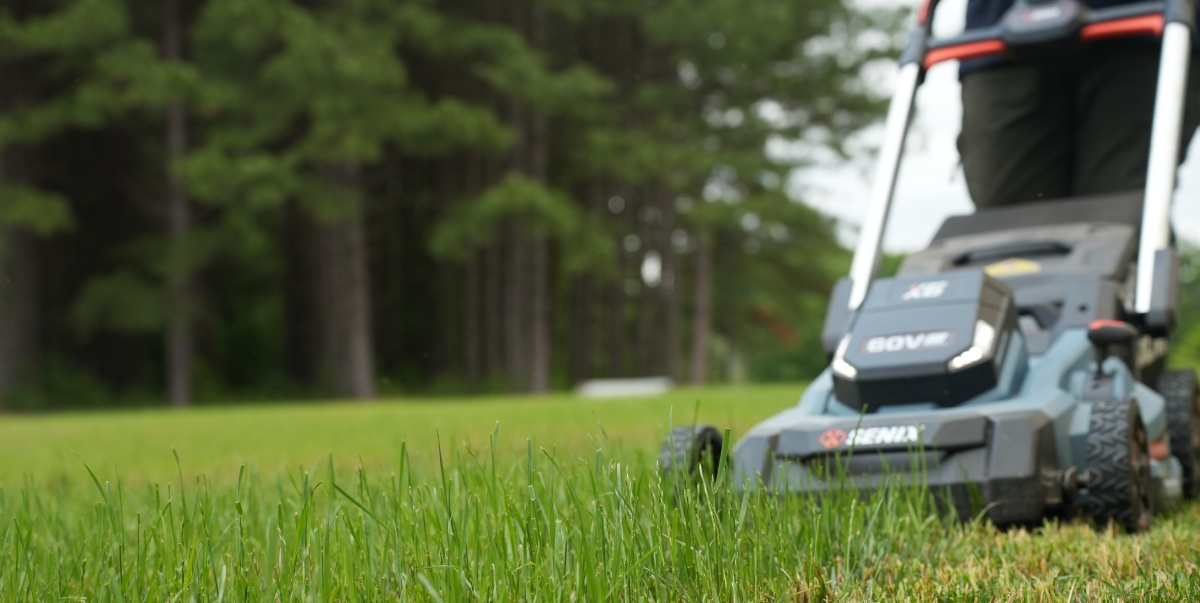
Trend 1: High-Capacity Battery Systems Become the New Standard
We're moving from 18- and 20-volt tools to 40- and 60-volt platforms. Higher voltages, combined with high-amp-hour battery packs, mean run times you only saw on gas-powered garden tools just a few years ago. SENIX's 60-volt X6 series embodies this shift, offering battery mowers and blowers powerful enough for tough tasks while remaining cordless. With this kind of power, users can now tackle large yards or intense jobs with a single charge and battery.
Trend 2: Smart, Connected Tools
Bluetooth-enabled tools, LED displays, and app-based diagnostics are becoming increasingly popular. Users can track remaining runtime, switch to energy-saving mode, or receive maintenance alerts directly from their phones. Intelligent power management systems monitor battery health in real time, extending battery life and optimizing performance. The convergence of hardware and software is raising expectations for usability and reliability.
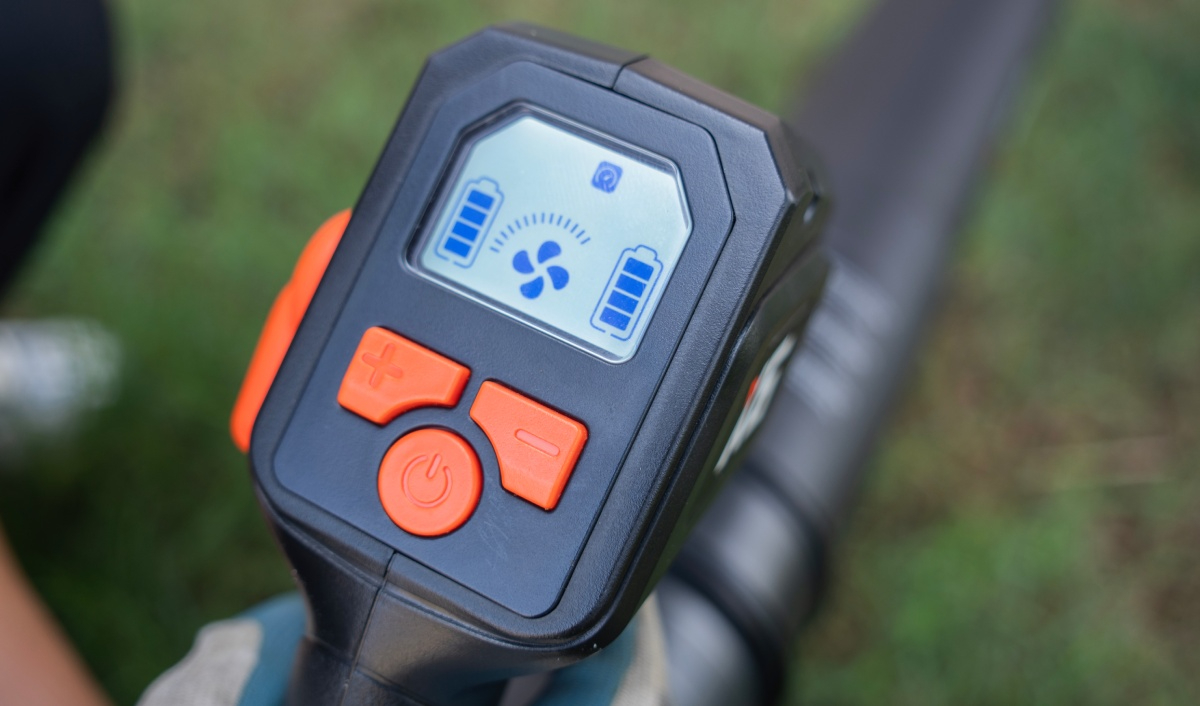
Trend 3: Sustainable Manufacturing and Repairability
Consumers are demanding higher performance and are increasingly focused on ethical practices. To address this, brands are adopting cleaner materials, modular designs, and easy-to-maintain architectures. Expect to see more repair guides, recycled plastics, and replaceable subcomponents that extend tool life. This shift not only aligns with global sustainability goals but also builds customer trust and brand loyalty.
Trend 4: Ergonomics and Compact Design
We demand power, but we also crave comfort. Outdoor power equipment is becoming increasingly lightweight and well-balanced, featuring thoughtful ergonomic features such as low-vibration handles, improved weight distribution, and intuitive controls. These improvements can reduce fatigue and strain, especially during extended work or in confined spaces. Thanks to smart engineering, even high-voltage tools now weigh as much as, or even less than, bulky, older battery tools.
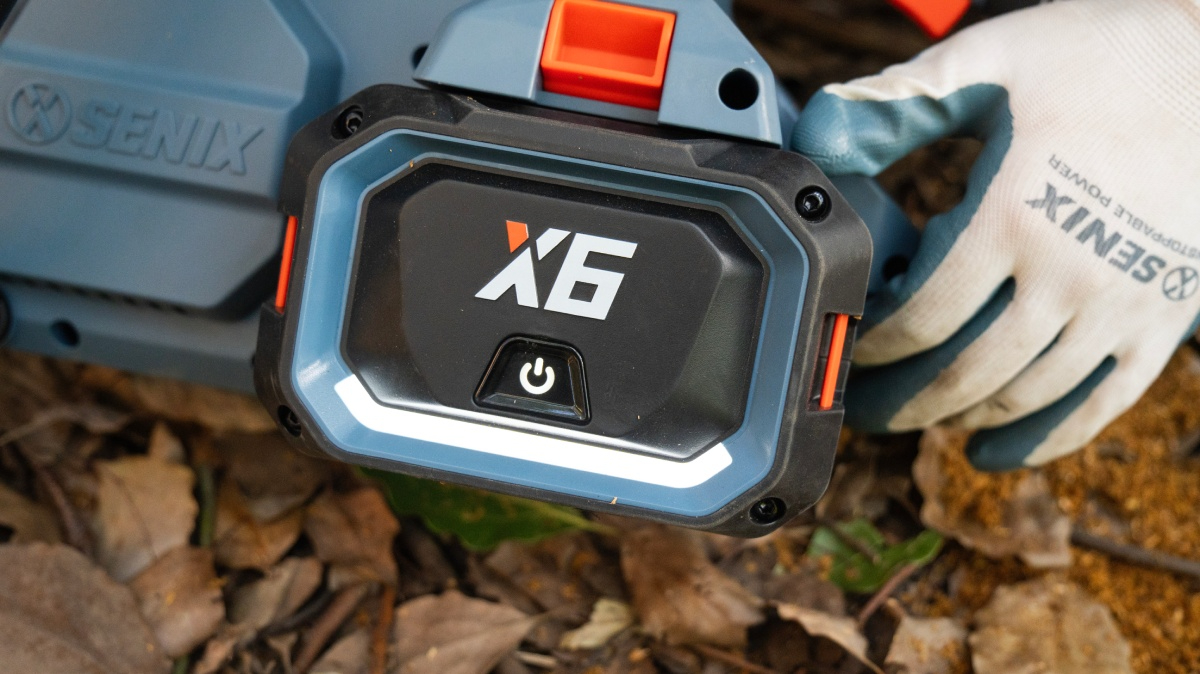
Trend 5: Single Battery Ecosystem Expands Across Tool Categories
The ecosystem of tools using the same battery platform is growing. For example, SENIX offers a wide range of products, from lawn mowers and blowers to chainsaws and snowblowers, all powered by the 60V X6 platform. This means professionals can carry fewer different battery types, and end customers get more value for each battery they spend. These unified platforms simplify procurement, charging logistics, and storage, while fostering brand loyalty.
What Does This Mean for Buyers?
If you're investing in outdoor power tools in 2025, focus on platforms, not just individual tools. Consider ecosystem compatibility, battery capacity, and long-term maintainability. Choose brands that support multiple tools and share batteries and parts. Choose models with smart features that make your garden tools work more efficiently and intelligently for you. Focus on sustainability—repairability and modular design extend product life and reduce waste. Finally, ergonomics – choose balanced, lightweight tools to reduce fatigue and improve performance.


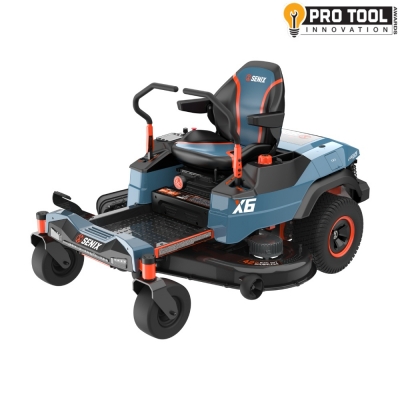
 (5.0)
(5.0)